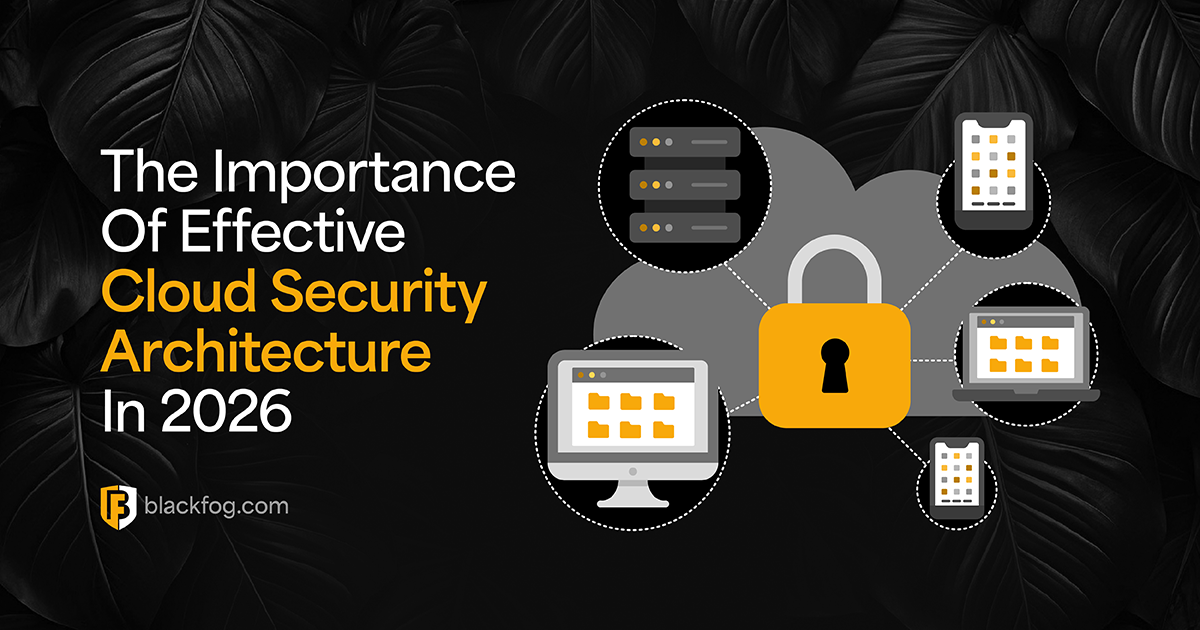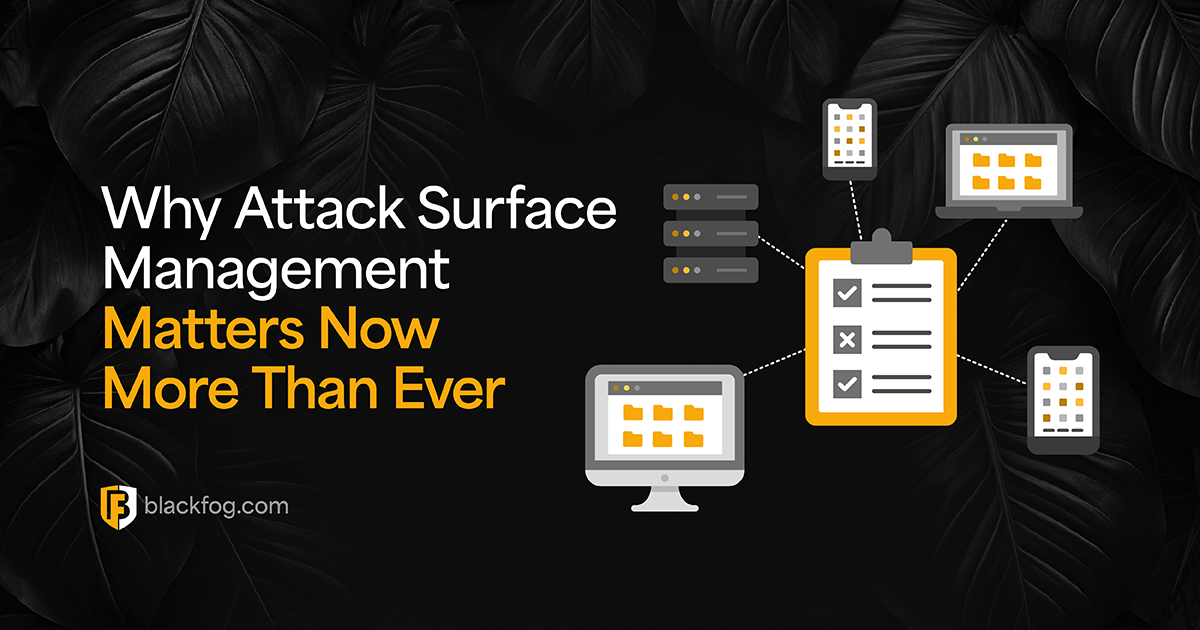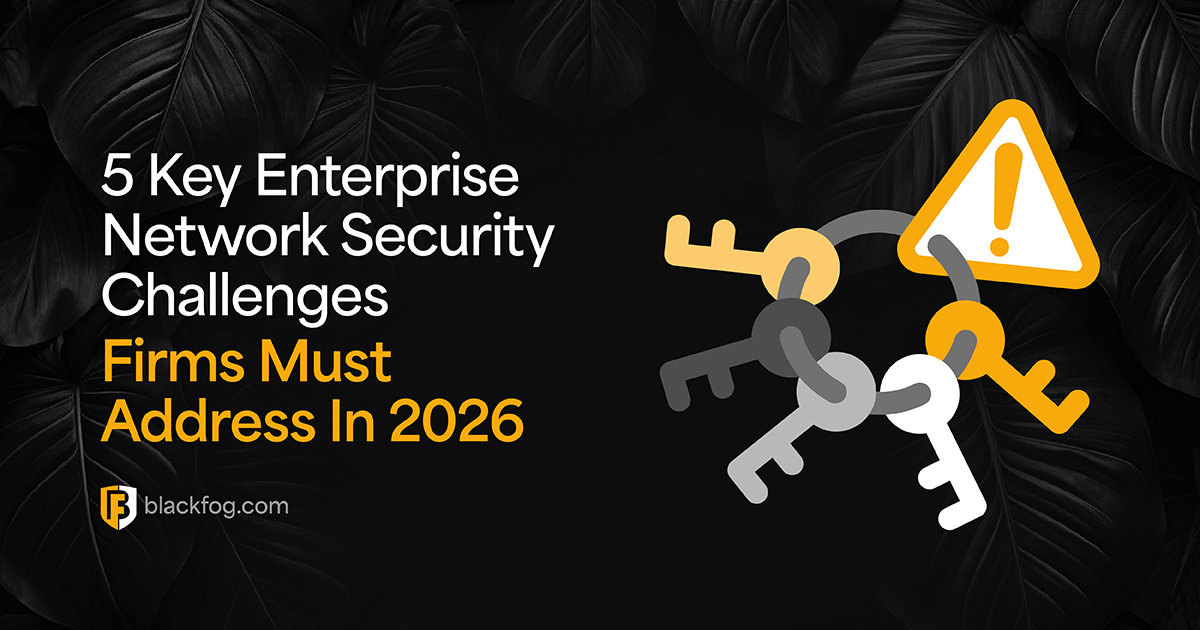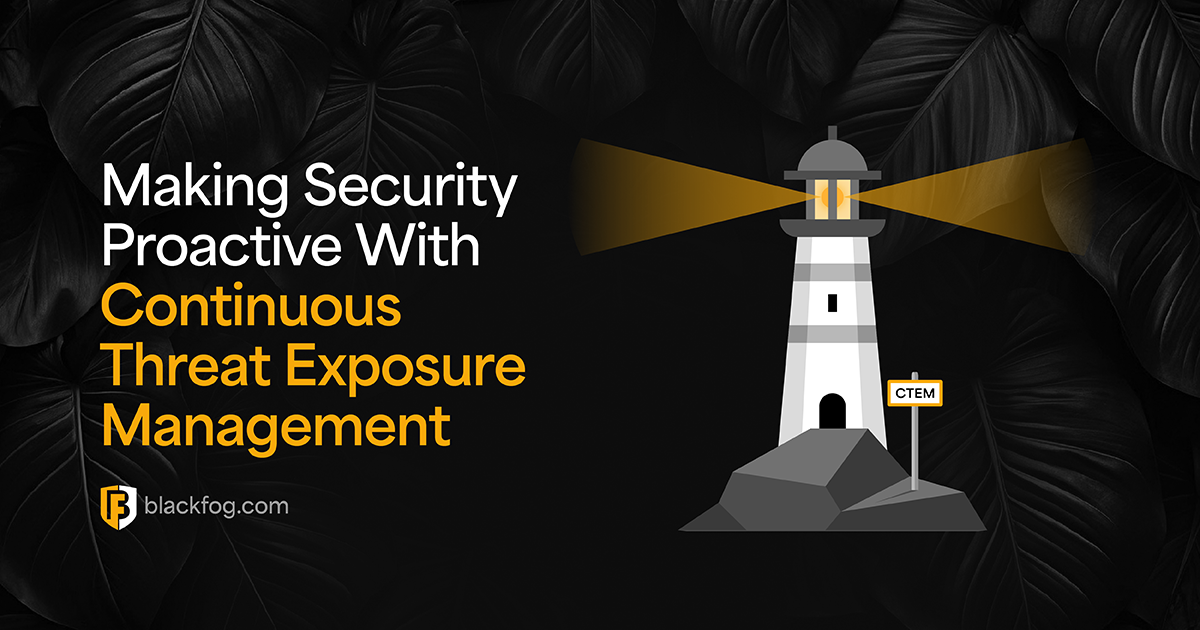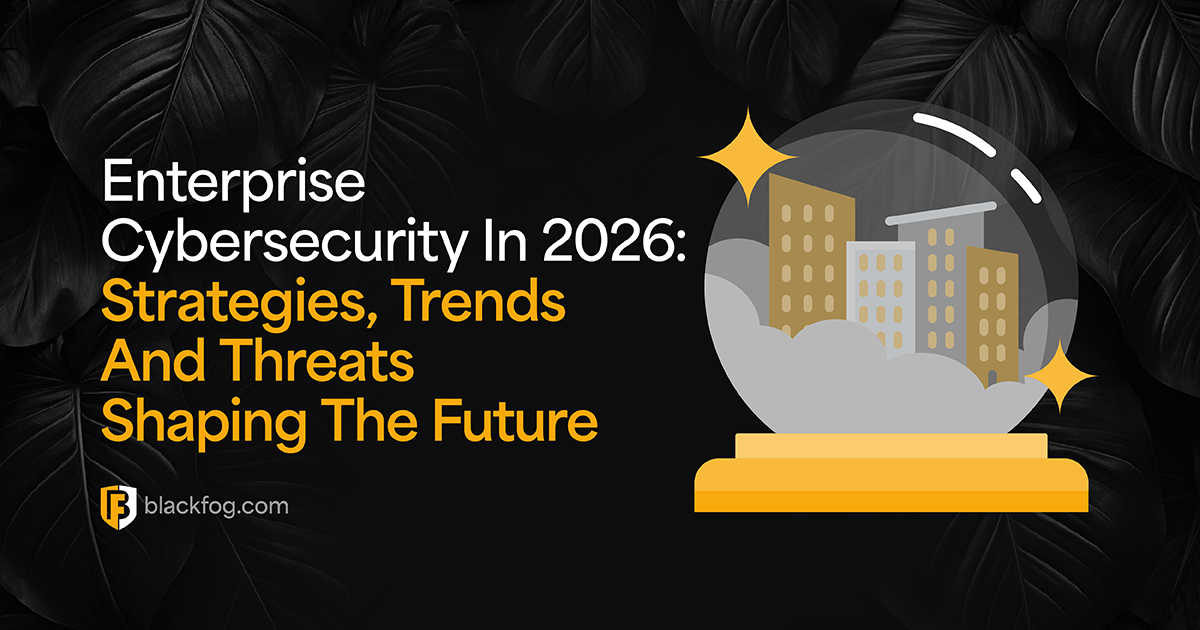
Enterprise Cybersecurity In 2026: Strategies, Trends And Threats Shaping The Future
Enterprise cybersecurity is on the brink of a major transformation. In 2025, we’ve already seen a sharp rise in high-profile cyberattacks targeting a wide range of sectors. Meanwhile, AI-enhanced malware campaigns and growing exploitation of zero-day vulnerabilities also threaten businesses with new ways of delivering dangerous ransomware attacks and expanding the enterprise attack surface.
As we head into 2026, new technologies such as generative AI and the need for greater accountability mean businesses face mounting pressure to strengthen their defenses. This means cybersecurity is no longer a back-office concern – it is a key business focus, demanding smarter strategies, stronger protection, and more proactive threat mitigation than ever before.
The New Cyber Reality: Why Enterprises Must Evolve In 2026
In 2026, enterprises will face a new cyber reality, defined by AI driven threats, faster-evolving attack vectors and a dramatic increase in both the scale and sophistication of attacks. Traditional defenses are no longer enough. Businesses must adopt a more proactive, intelligence-led approach to cybersecurity to stay ahead of increasingly unpredictable and persistent adversaries.
“Cybersecurity is undergoing one of the most significant transformations in its history. In 2025 alone, we’ve seen an escalation in high-profile attacks, AI-enhanced malware, and the rapid exploitation of zero-day vulnerabilities, all accelerating the speed and scale of ransomware.
“As we move toward 2026, the rise of generative AI and increasing regulatory accountability mean organizations can no longer treat security as a background function. It has become a core business priority.
“To stay ahead of modern threats, companies need smarter strategies, stronger protection, and a proactive approach that stops attacks before they cause damage. The organizations that succeed will be those that prioritize prevention and recognize that safeguarding data is fundamental to business resilience.”
– Darren Williams, CEO and Founder, BlackFog
Increased Risks In An Uncertain Environment
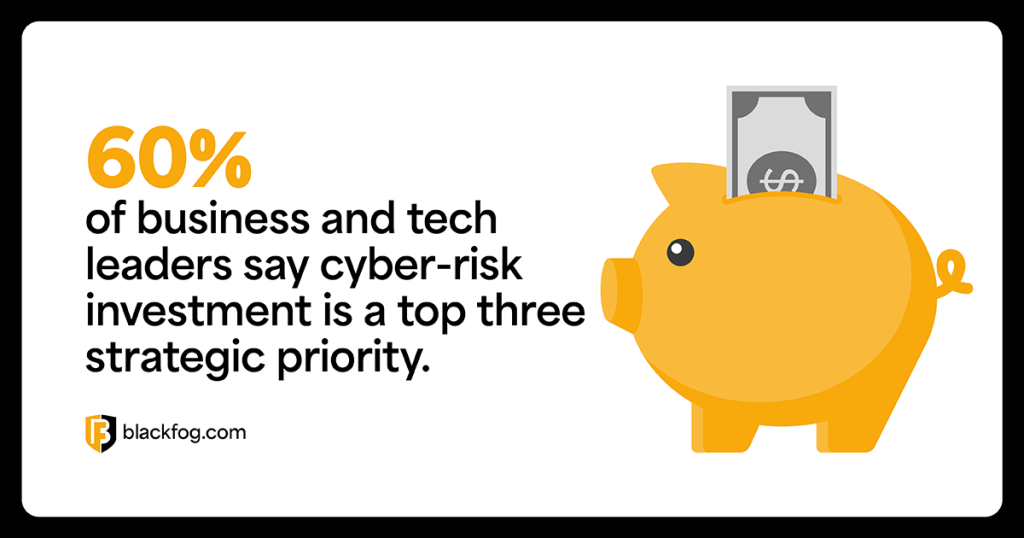
Geopolitical uncertainty is one of the major drivers of increased cyber risk, with nation-state actors and organized groups exploiting global instability to disrupt critical infrastructure and supply chains. According to PwC, 60 percent of business and tech leaders now rank cyber-risk investment among their top three strategic priorities as a result of this.
However, around half of professionals only rate their ability to counter these threats as ‘somewhat capable’, with just six percent feeling fully confident in their defense strategies. With attacks increasingly used as tools of economic and political influence, organizations must bolster their defenses, investing not just in tools, but in resilience, intelligence and proactive defenses to navigate an era of escalating digital uncertainty.
Regulatory And Board-Level Pressure For Resilience
At the same time, boardrooms are increasingly prioritizing cyber resilience, as high-profile attacks expose the financial and reputational risks of weak defenses. According to the National Association of Corporate Directors, for example, 77 percent of boards have discussed the material and financial implications of a cybersecurity incident – an increase of 25 percentage points since 2022. With rising stakeholder scrutiny and the threat of regulatory penalties, boards now view cybersecurity as a core component of risk management and business continuity, not just an IT concern.
The Emerging Threats of 2026
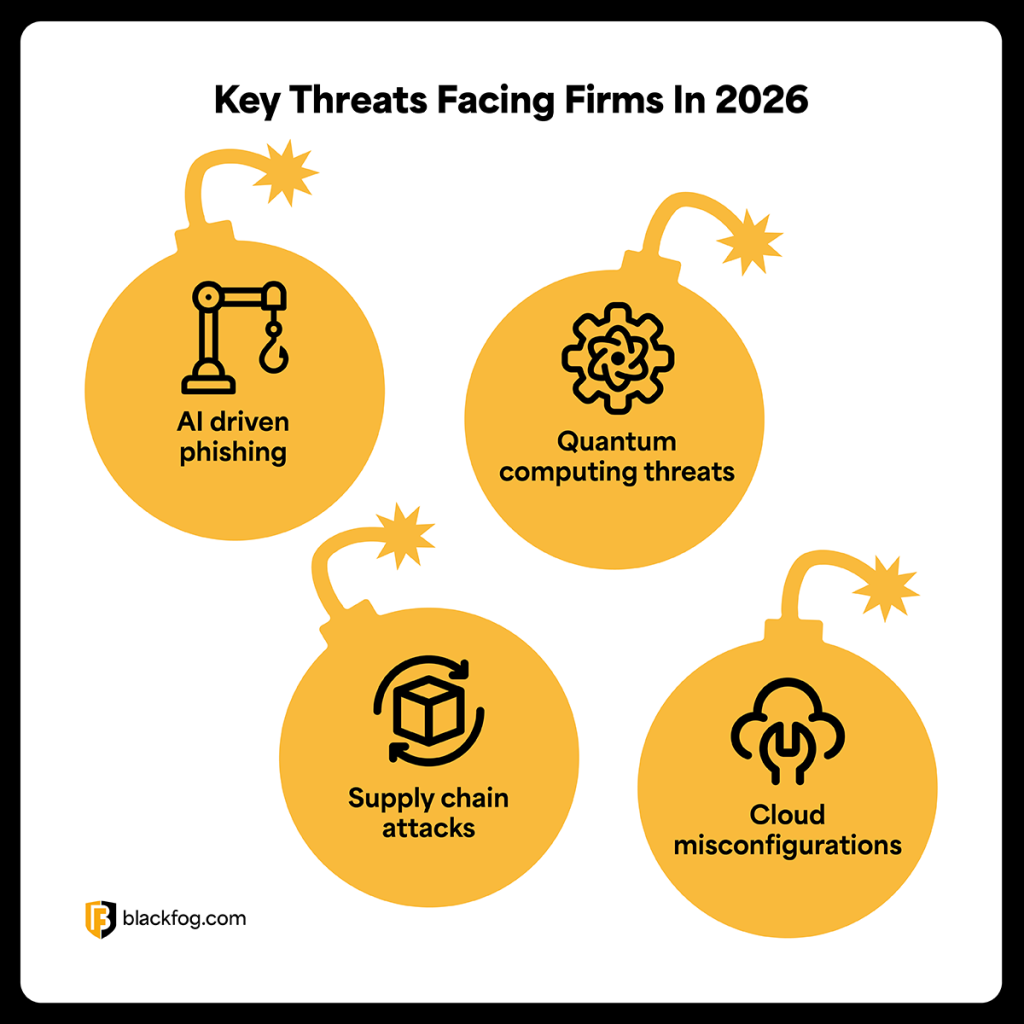
The cybersecurity landscape is entering a new phase of complexity. As businesses accelerate digital transformation, adversaries are evolving their own tactics to take advantage of vulnerabilities and exploit their dependency on IT tools. In 2026, organizations must broaden their threat models to anticipate not just more incidents, but more advanced and persistent ones that are more highly targeted and designed specifically to evade detection.
Among the key emerging threats that businesses will need to be mindful of are:
- AI driven phishing and deepfake manipulation: Generative AI is fuelling a new wave of highly convincing social engineering attacks. Expect to see more deepfake voice calls, synthetic videos and hyper-personalized phishing campaigns that easily bypass traditional detection methods and manipulate human trust at scale.
- Quantum computing risks: While still emerging, quantum technology poses a growing threat to encryption. Bad actors may already be harvesting encrypted data today, with the intention of decrypting it in the future once quantum capabilities mature. Yet despite this threat on the horizon, PwC found it is one of the risks firms are least prepared for, with just three percent implementing all leading quantum-resistant measures.
- Third-party and supply-chain exposures: Increasing interconnectivity means organizations are only as secure as their weakest vendor. Attacks targeting suppliers, particularly managed service providers in software and infrastructure, are expected to rise, with knock-on effects that can ripple across ecosystems.
- Cloud misconfiguration and data residency issues: Cloud adoption is now the norm in many businesses, but misconfigured environments and unclear data sovereignty policies continue to expose sensitive information. Regulatory complexity around where and how data is stored will also intensify enterprise compliance challenges when it comes to managing these environments.
Redefining Enterprise Cybersecurity: From Protection To Resilience
In the face of these evolving threats and escalating attack sophistication, the cybersecurity conversation must shift from traditional protection to long-term resilience. While protection focuses on building barriers to keep attackers out, resilience recognizes that breaches are inevitable and emphasizes a business’ ability to respond, recover and continue operating with minimal disruption.
For enterprises, this means adopting a forward-looking mindset that balances prevention with preparedness and embeds cybersecurity into every layer of the organization.
Beyond Firewalls: Cyber Resilience As Core Strategy
Cyber resilience goes beyond perimeter defenses like firewalls and antivirus software. It involves strengthening every layer of the business, from endpoint security and employee training to incident response and supply chain governance. Critically, it integrates cybersecurity into strategic decision-making, ensuring leadership teams view it not just as an IT issue, but as a pillar of operational continuity and brand trust.
The Shift From Prevention To Continuous Exposure Management
Businesses should move away from static defenses and toward continuous exposure management. This approach assumes system compromises will take place and shifts the focus to constantly monitoring activities throughout the network looking for intrusions. This includes real-time threat detection, automated responses and rapid containment of breaches to limit impact.
5 Strategic Pillars For A Future-Ready Enterprise Cybersecurity Program
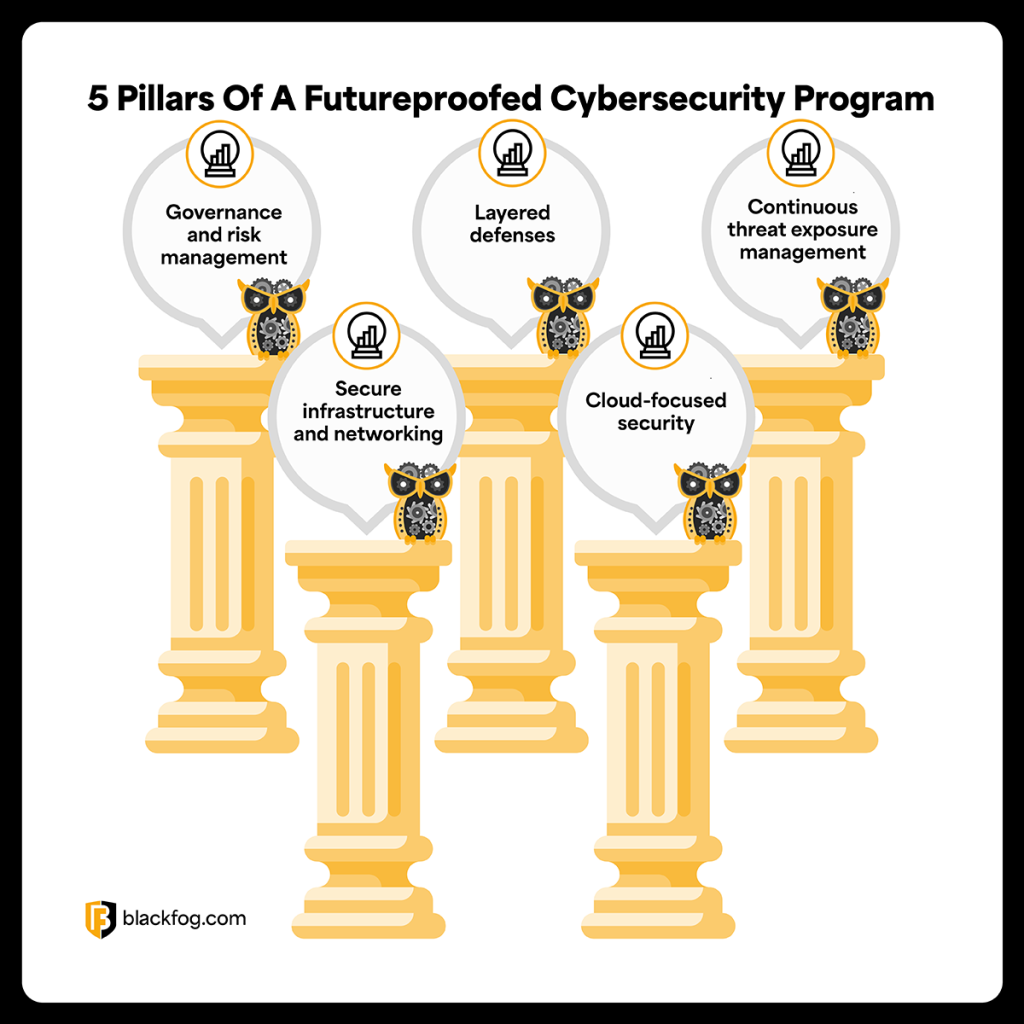
To remain resilient in 2026 and beyond, enterprises must move beyond reactive defenses and embrace a holistic, strategic approach to cybersecurity. This means embedding cyber thinking into every layer of the business, from board-level decision-making to infrastructure design. The following five pillars represent the foundation of a future-ready enterprise network security program:
- Governance and risk management: Strong governance starts at the top. Boards and executive teams must take clear ownership of cybersecurity, aligning risk appetite with business goals and ensuring policies are enforced consistently. This also involves cross-functional collaboration between security, legal, compliance, and operations to manage risk in a unified and transparent way.
- Layered defenses: No single tool can prevent all threats. A defense in depth approach ensures that even if one layer of security is evaded, there are fallbacks in place to prevent damage being done. This includes endpoint protection, network segmentation, user training, access controls and response planning, all of which should work in concert to create depth and redundancy.
- Continuous threat exposure management (CTEM): Static security assessments are no longer enough. A CTEM strategy enables businesses to proactively identify, validate, and prioritize vulnerabilities across the environment, before attackers can exploit them. This offers continuous visibility into real-world risks and drives faster, data-driven mitigation actions.
- Secure infrastructure and network design: As environments grow more complex, cybersecurity must be built in from the ground up. As part of this, firms should adopt zero trust principles, segment critical systems and secure hybrid connectivity across cloud, on-premises and edge assets. This ensures no point becomes a weak link.
- Cloud security architecture: Cloud environments demand purpose-built strategies. This includes clear visibility into assets and data flows, automation of policy enforcement, and adherence to the shared responsibility model. With dynamic scaling and distributed users, cloud security must be adaptive, integrated, and audit-ready at all times.
How To Build And Maintain Cyber Resilience In 2026
Cyber resilience will be a defining factor in enterprise success in 2026 and beyond. Organizations must build the capacity to withstand, adapt to and rapidly recover from evolving threats. This requires an integrated strategy that spans people, technology and operations. Here’s where to focus:
The Human Element
Technology alone can’t secure an enterprise. Building a resilient organization starts with fostering a strong security culture. This must be one where every employee understands their role in risk mitigation and what their responsibilities are in defending the business. Regular training, simulated phishing exercises and clear escalation procedures are critical so that all employees know what to do should they encounter suspicious activity. Equally important is leadership buy-in. Cybersecurity must be championed at the executive level, with this setting the tone for the rest of the enterprise to follow.
Automation And AI
AI and automation are now essential tools in modern cybersecurity. They enable real-time threat detection, faster incident response and the elimination of manual, error-prone tasks. This often starts with processes such as automated patching to minimize vulnerabilities and behavioral analytics that can identify unusual activity as quickly as possible. Beyond this, AI driven intrusion detection and response technologies allow teams to act decisively and at scale.
Integrating Security Into Business Continuity Planning
Cybersecurity must be embedded into business continuity frameworks. This includes identifying critical systems, planning for operational downtime and ensuring secure backup and recovery capabilities. Building resilience means planning for worst-case scenarios, as well as ensuring security teams have a seat at the table when continuity strategies are developed.
Measuring Success In Enterprise Security
As cyberthreats become more sophisticated, simply checking compliance boxes is no longer enough. Organizations need to measure the real-world impact of their cybersecurity efforts to ensure they’re not just meeting their regulatory requirements, but are genuinely secure.
Tracking key performance indicators enables teams to identify gaps, demonstrate ROI, and drive continuous improvement across the security program. It also helps shift the focus from reactive firefighting to proactive, data-driven decision-making. Important metrics to monitor include:
- Mean Time to Detect (MTTD): How quickly threats are identified once they occur.
- Mean Time to Respond (MTTR): The average time taken to contain and remediate incidents.
- Percentage of systems with known vulnerabilities patched: A measure of patch management effectiveness.
- User-reported phishing vs. actual click rates: An indicator of security awareness maturity.
- Data exfiltration attempts blocked: A clear sign of how effective endpoint and network controls are.
Preparing For The Future: Enterprise Security In 2026 And Beyond
As ransomware grows more targeted, AI powered attacks accelerate and the digital ecosystem becomes increasingly complex, enterprises must take a proactive stance to their cybersecurity. This requires building layered, adaptive defenses that prioritize resilience, increase visibility and can react quickly to whatever future threats may emerge.
The organizations that succeed in 2026 will be those that view cybersecurity not as a technical silo, but as a strategic, business-wide priority. To stay ahead in this environment, firms must continuously refine their approach, combining governance, automation, human expertise and risk intelligence to counter an evolving threat landscape.
Cybersecurity should never be static; it must evolve in step with emerging technologies, shifting regulations, and the ever-changing tactics of the threat actors of today and tomorrow.
Share This Story, Choose Your Platform!
Related Posts
The Importance Of Effective Cloud Security Architecture: What To Know For 2026
What must firms consider when building cloud security architecture that's fit for the modern era of computing?
Why Attack Surface Management Matters Now More Than Ever
What key challenges do companies face as networks expand and their attack surface grows, increasing the need for effective attack surface management?
5 Key Enterprise Network Security Challenges Firms Must Address In 2026
Is your firm still dealing with these five enterprise network security challenges? Here's what to do to improve your position.
Making Security Proactive With Continuous Threat Exposure Management
Find out everything you need to know about continuous threat exposure management, what's involved and the benefits it could bring to organizations.
How Defense In Depth Stops Cyberthreats Before They Do Damage
Learn what's involved in an effective defense in depth approach to cybersecurity and why this matters more than ever in a fast-evolving environment.
Enterprise Cybersecurity In 2026: Strategies, Trends And Threats Shaping The Future
What will enterprise cybersecurity hold for business in 2026 and what will cybersecurity leaders need to do to protect their firms from new threats?

